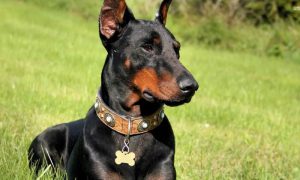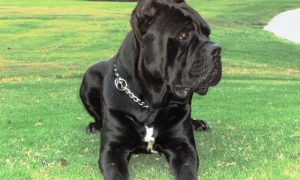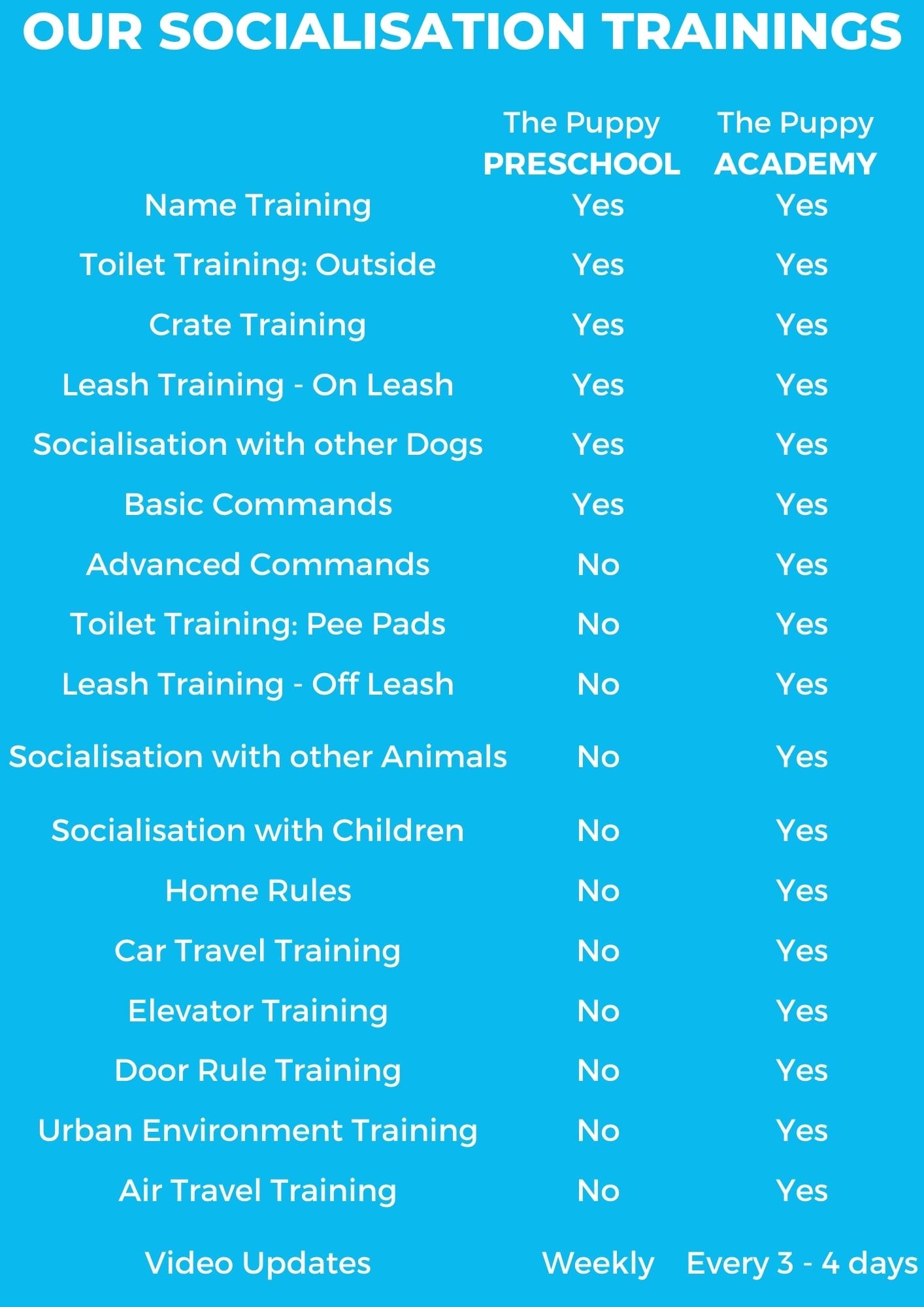Banned Breeds of the Middle East
In the Middle East, dogs are traditionally thought of as unclean animals.
Working dogs, such as those used for herding or guarding, are accepted, but aside from the prized Saluki, dogs are traditionally kept out of the house. Touching a dog is said to make one impure, and many people are nervous or even afraid of dogs.
Today, with an increasing number of expatriates moving to the area for work, and changing global trends. Dogs are becoming more popular in the Middle East. Many wealthy people keep pedigree dogs as status symbols to show off their wealth. However, many Middle Eastern countries have strict rules on which breeds may and may not be imported. If you are considering living in the Middle East, be aware of which breeds may or may not be imported. You may risk getting into trouble with the authorities.
United Arab Emirates (UAE)
A few dog breeds that are considered dangerous are banned in the UAE. Most of the dogs banned are typical fighting breeds, such as the Brazilian Fila, Pit Bull Terrier, and the Tosa Inu. Wolf hybrids are also banned. It also forbidden to import crossbreeds with any of the banned dog breeds.
Banned in UAE: Brazilian Fila, Dogo Argentino, Argentinian Mastiff, Wolf Hybrids, Tosa Inu, Pit Bulls or Staffordshire Terriers
Saudi Arabia
There is a long list of breeds banned in Saudi Arabia: anything from the Neapolitan Mastiff to the Chihuahua. The list of banned breeds is so extensive that dogs are almost effectively banned as pets. The Muttawa (religious police) issued a ban on the sale of cats and dogs. Claiming they are a sign of Western influence, especially since traditionally Islam sees dogs as being unclean (although the Prophet Muhammed was said to like cats). Many wealthy Saudis keep pedigree dogs as a sign of status, but they are now banned from buying them.
Banned in Saudi: Japanese Spitz, Japanese Akita, Affenpinscher, Brussels Griffon, Hovawart, Boxer, English Bull Dog, Rottweiler, Stafford Bull Terrier, Dandie Dinmont Terrier, Lancashire Heeler, Swedish Valhunde, Neapolitan Mastiff, Newfoundland, Great Dane, Leon Bergehni, and all terrier breeds.
Qatar
The list of dog breeds banned in Qatar features a few stereotypical “dangerous” breeds, such as the Neopolitan mastiff, Doberman, and Staffordshire Bull Terrier, and many large breeds of dog.
There are a few surprising breeds listed, such as the Afghan hound, a highly affectionate, intelligent and not typically dangerous or aggressive breed. The Boston Terrier, which is generally a gentle and friendly dog, is also banned.
Banned in Qatar: American Staffordshire Terrier, Boerboel, Boston Terrier, Boxer, Bull Terrier, Bulldog, Shar-Pei, Doberman, Great Dane, Japanese Akita, Neapolitan Mastiff, Afghan Hound.
Kuwait
As with many Middle Eastern countries, any dogs associated with fighting or with a bad reputation cannot be imported. Those are Rottweilers, Mastiffs, and Staffordshire Bull Terriers. This may be an attempt to clamp down on illegal dog fighting. Great Danes are also banned, perhaps due to their large size, as are Wolf hybrids.
Banned in Kuwait: Pitbulls Terrier, American and English Staffordshire Bull Terrier, Mastiffs (all breeds), American Bulldogs, Rottweiler, Tosa Inu, Wolves and Wolf Hybrids, Great Dane, Dog de Bordeaux, Shar-pei, or Canary Dogs





























